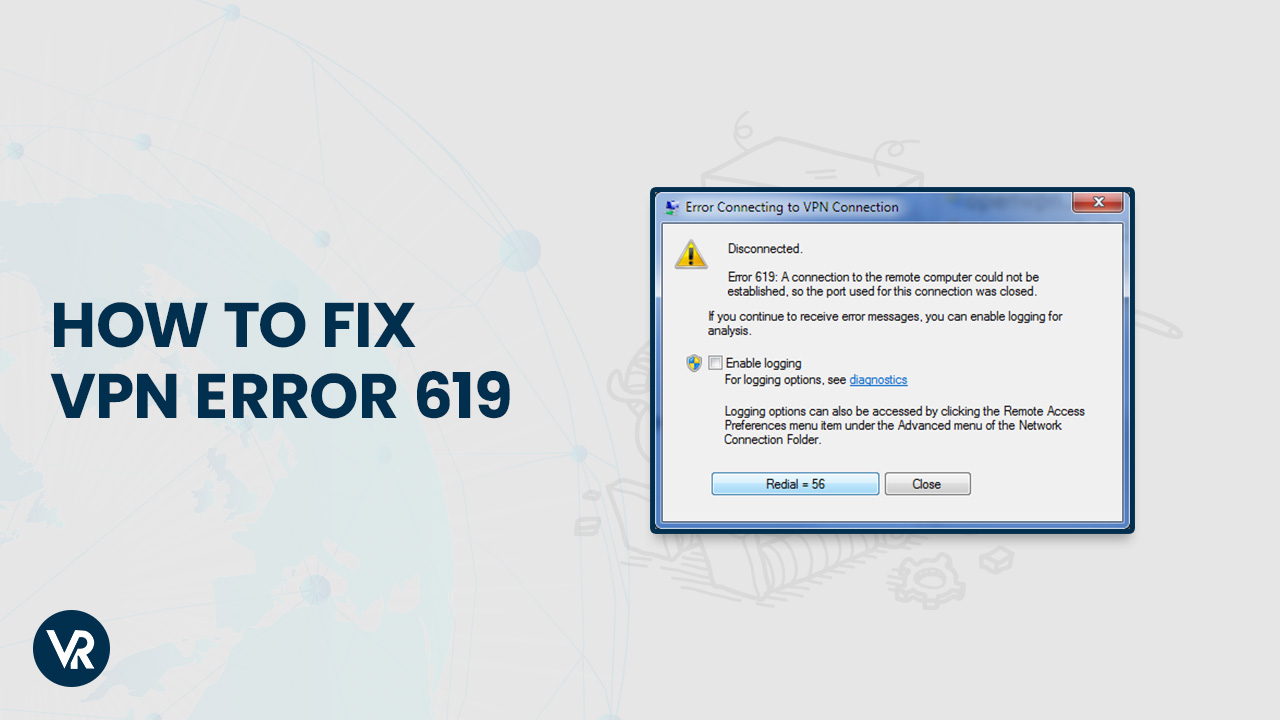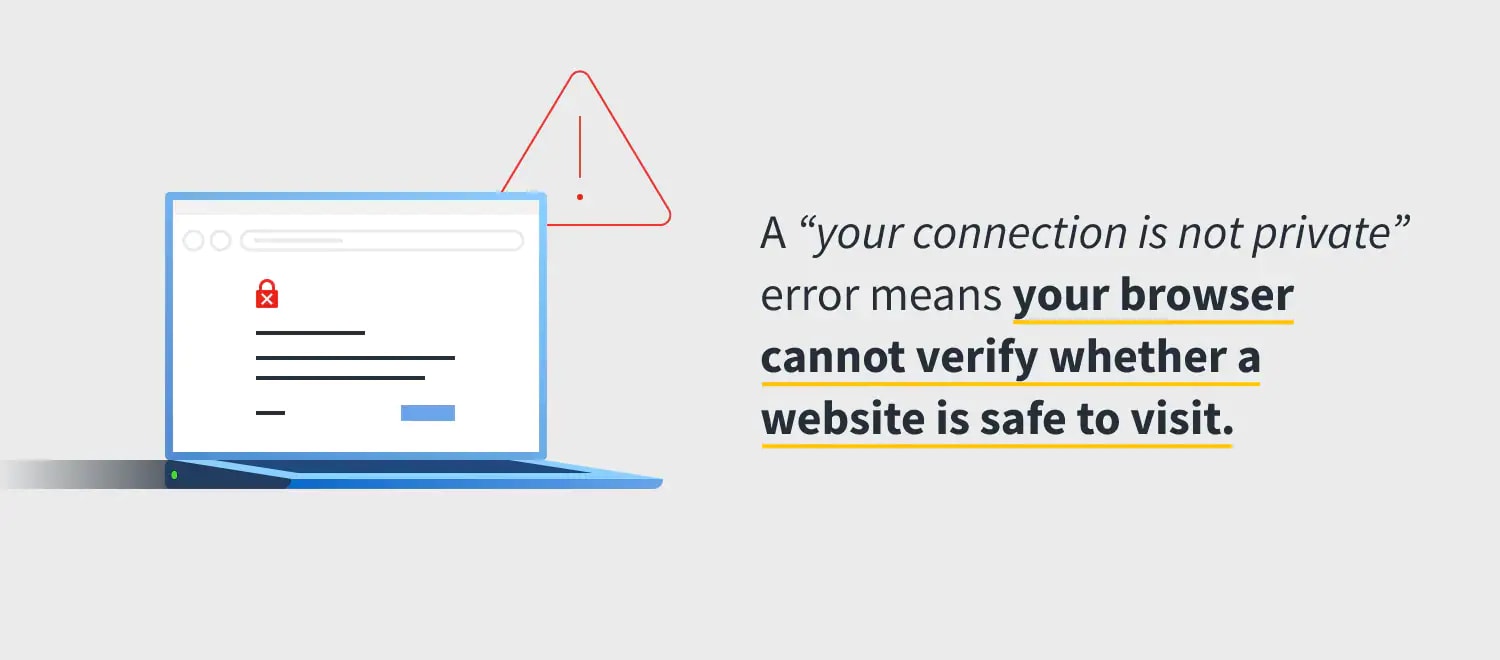Featured
Table of Contents
Troubleshooting Guide

The Routing and Remote Access snap-in lives within the Microsoft Management Console, referred to as the MMC. There are multiple ways to access the MMC. You can select the console from the Start menu's Programs choices, within the Administrative Tools folder within Windows server's Control board or by typing mmc at a command prompt.
As Tech, Republic's Brandon Vigliarolo demonstrates within his video at the start of this short article, the Providers console displays the status of the Routing and Remote Gain access to entry. From within the Solutions console and with the Routing and Remote Gain access to entry highlighted, you can click Start the Service or right-click the entry and select Restart.
Often the VPN customer and VPN server are set to using different authentication techniques. Verify whether an authentication error is the issue by opening the server console. Another approach of accessing the MMC is to type Control+R to open a command timely in which you can type mmc and hit Enter or click OK.
If the entry isn't present, click File, select Add/Remove Snap-in, pick the Routing and Remote Access choice from the choices and click Include, then OK. With the Routing and Remote Gain access to snap-in added, right-click on the VPN server and click Characteristics. Then, examine the Security tab to verify the authentication method.
The Most Common Zoom Problems And How To Fix Them Now
Make sure the VPN client is set to the authentication method defined within the Security tab. Usually the items simply reviewed are responsible for many VPN connection rejection mistakes.
Each Web-based VPN connection generally utilizes two different IP addresses for the VPN customer computer system. This is the IP address that's used to develop the initial TCP/IP connection to the VPN server over the Web.

This IP address typically has the same subnet as the local network and therefore allows the client to communicate with the regional network. When you set up the VPN server, you should set up a DHCP server to assign addresses to clients, or you can create a bank of IP addresses to assign to clients directly from the VPN server.


If this option is picked and the reliable remote access policy is set to enable remote gain access to, the user will have the ability to attach to the VPN. Although I have been unable to re-create the circumstance personally, I have actually heard rumors that a bug exists in older Windows servers that can cause the connection to be accepted even if the efficient remote gain access to policy is set to deny a user's connection.
Vpn Errors - Common Codes And Messages

Another common VPN problem is that a connection is successfully developed but the remote user is unable to access the network beyond the VPN server. By far, the most typical cause of this problem is that authorization hasn't been approved for the user to access the entire network. To allow a user to access the whole network, go to the Routing and Remote Access console and right-click on the VPN server that's having the issue.
At the top of the IP tab is an Enable IP Routing check box. If this check box is enabled, VPN users will have the ability to access the rest of the network, assuming network firewall softwares and security-as-a-service settings permit. If the checkbox is not chosen, these users will have the ability to access only the VPN server, however nothing beyond.
For example, if a user is calling directly into the VPN server, it's generally best to configure a static path between the client and the server. You can set up a static path by going to the Dial In tab of the user's properties sheet in Active Directory Users and Computers and picking the Apply A Static Path check box.
Click the Include Route button and then enter the location IP address and network mask in the area supplied. The metric ought to be left at 1. If you're using a DHCP server to designate IP addresses to clients, there are a couple of other issues that might cause users not to be able to go beyond the VPN server.
Vpn Troubleshooting Guide
If the DHCP server assigns the user an IP address that is currently in usage in other places on the network, Windows will detect the conflict and prevent the user from accessing the rest of the network. Another typical problem is the user not getting an address at all. Most of the time, if the DHCP server can't assign the user an IP address, the connection will not make it this far.
254.x. x range. If the customer is assigned an address in a range that's not present within the system's routing tables, the user will be not able to navigate the network beyond the VPN server. Other concerns can add to this problem, too. Make sure the resources the user is trying to gain access to are really on the network to which the user is connecting.
A VPN connection to the other subnet might, in reality, be needed. A firewall or security as a service solution could also be to blame, so do not forget to evaluate those services' settings, if such elements exist between the VPN server and the resources the user seeks to reach.
The first possibility is that one or more of the routers included is carrying out IP packet filtering. IP package filtering might prevent IP tunnel traffic. I recommend inspecting the customer, the server and any devices in between for IP packet filters. You can do this by clicking the Advanced button on each maker's TCP/IP Residences sheet, choosing the Options tab from the Advanced TCP/IP Settings Residence sheet, picking TCP/IP Filtering and clicking the Properties button.
Latest Posts
Best Vpn Services For 2023 - Is Yours There?
10 Best Business Vpn Services [2023]: A Comprehensive ...
What Is A Vpn And How Does It Work?